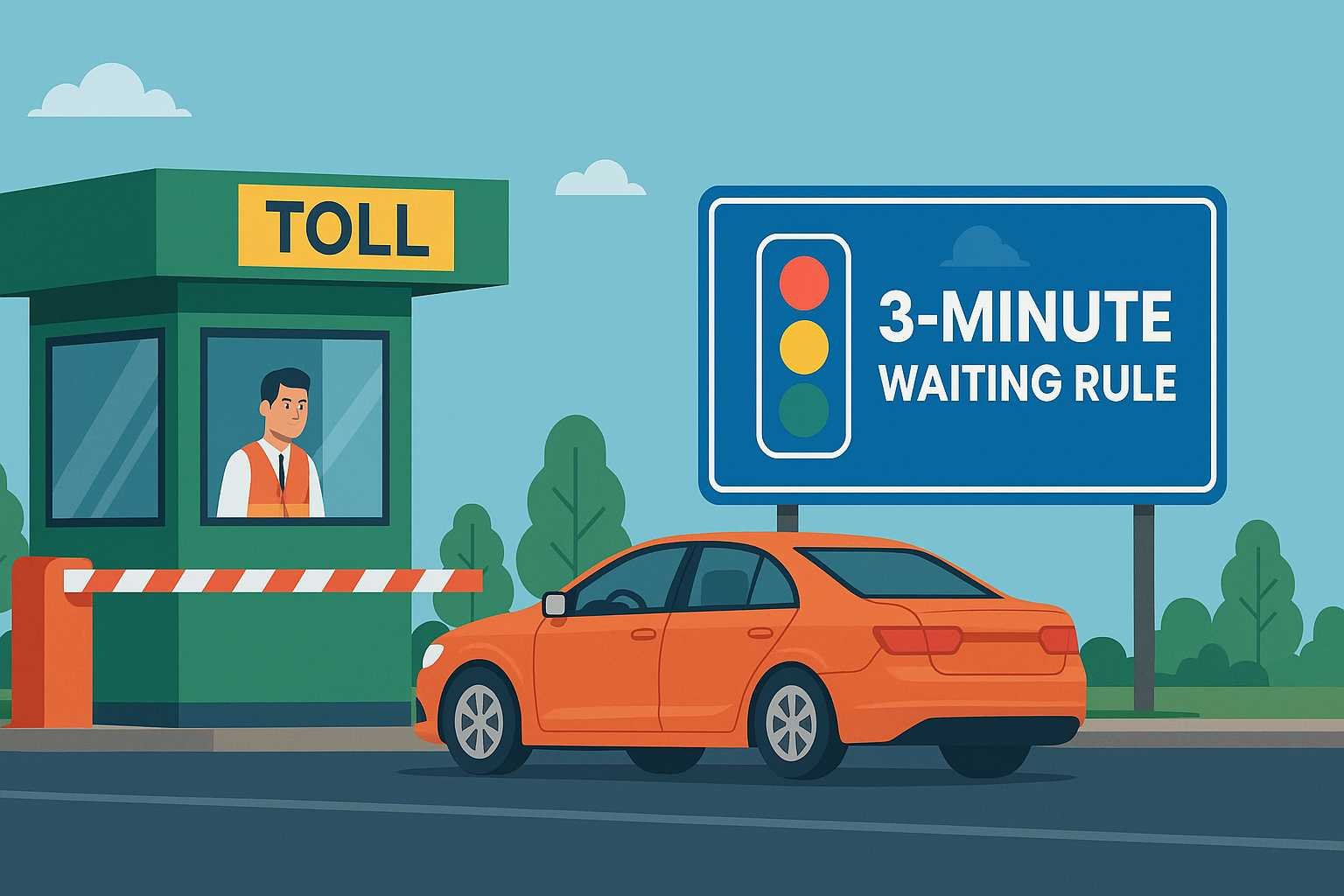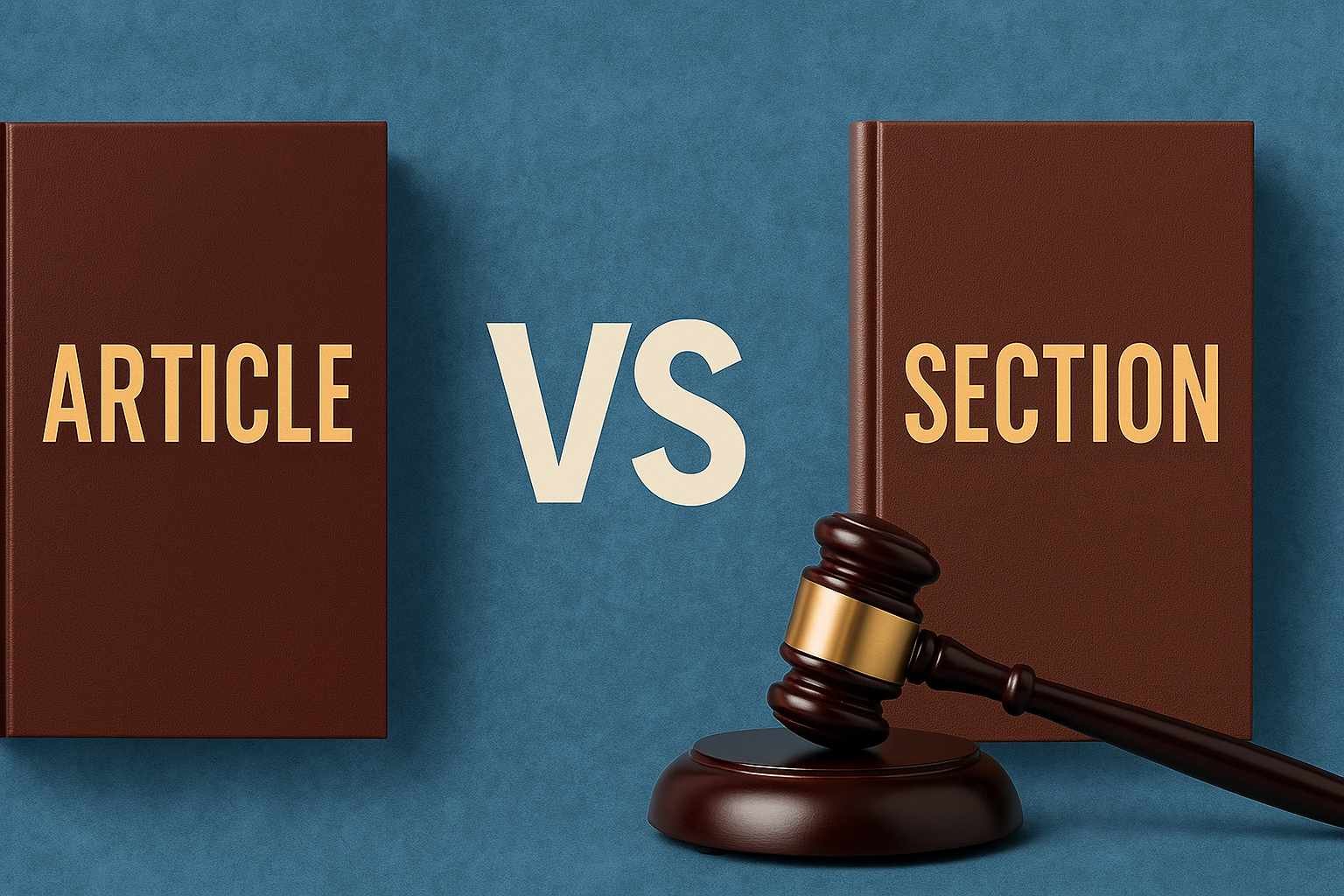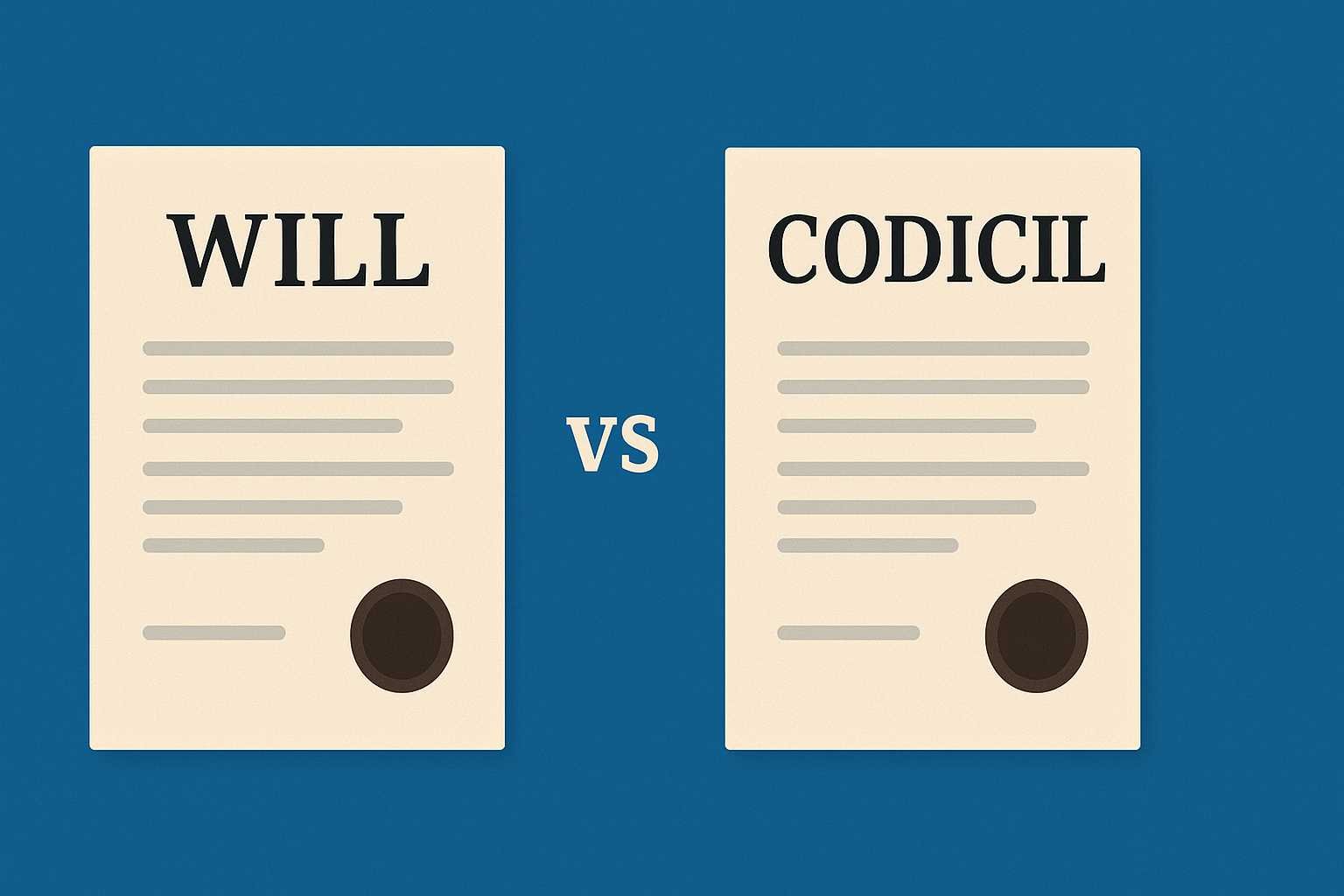On this page you will read detailed information about United States Court of Appeals.
As an attorney, you undoubtedly recognize the significance of the United States Courts of Appeals. With appellate jurisdiction over the district courts located within their circuits, these courts wield considerable authority. Their rulings directly impact practitioners in their geographic regions. Understanding the structure, responsibilities, and procedures of the Courts of Appeals is therefore critical for attorneys. This overview explores the key facets of these influential appellate courts that handle a sizable portion of federal litigation. Gaining insight into their inner workings better equips legal professionals as they navigate cases within different circuits across the country. Whether appearing before them to argue or monitoring them to predict outcomes, familiarity with the United States Courts of Appeals is essential.
What Is the United States Court of Appeals?
The United States Court of Appeals, also known as the Federal Appeals Court, is an intermediate level of the U.S. federal court system. The Court of Appeals reviews decisions of the U.S. District Courts and some federal administrative agencies.
There are 13 U.S. Courts of Appeals across the country – 12 that correspond to geographic regions, plus the Court of Appeals for the Federal Circuit, which handles appeals for certain specialized cases nationwide. The jurisdiction of each regional Court of Appeals is based on geography. For example, the 9th Circuit Court of Appeals covers appeals from federal district courts in several western states, including California and Nevada.
How Do Cases Reach the Court of Appeals?
Cases are typically appealed to the Court of Appeals after a final judgment has been made by a U.S. District Court. However, some appeals come directly from decisions made by federal administrative agencies. For a case to be reviewed by the Court of Appeals, one of the parties involved must file an appeal to request that the lower court’s decision be reviewed.
What Happens During the Appeals Process?
During the appeals process, no new evidence is presented. The Court of Appeals will review the evidence and legal issues from the original trial to determine if there were any errors. The three-judge panels that comprise each Court of Appeals will review briefs submitted by the parties involved, examine the trial record, hear oral arguments, and ultimately render a decision. The panel can affirm the original decision, reverse it, modify it, or remand it back to the trial court.
In summary, the United States Court of Appeals serves an essential role in the federal judiciary by reviewing decisions made in the lower courts and ensuring the proper administration of justice. The appeals process allows parties to dispute outcomes, correct errors, and clarify points of law for future cases.
In the previous post, we had shared information about The Difference Between Manslaughter and Criminally Negligent Homicide, so read that post also.
The Structure and Jurisdiction of the US Courts of Appeals
The United States Courts of Appeals are intermediate appellate courts that review decisions of district courts, bankruptcy courts, and other lower federal courts within their designated region. There are currently 12 regional courts of appeals in the federal court system. Each court of appeals has appellate jurisdiction over a specific geographical region of the United States.
The courts of appeals do not conduct jury trials or hear new evidence. Instead, they review decisions of lower courts for errors of law or procedure, evaluating whether those courts properly applied the law. The courts of appeals interpret the meaning of laws and the Constitution, establish binding precedents for their respective jurisdictions, and determine whether lower courts properly followed accepted precedents.
Cases are heard by panels of three judges, randomly selected from the available judges in each circuit. The panels issue written opinions that set binding precedents for lower courts in their circuit. Parties may petition for rehearing by the panel or for rehearing en banc, meaning by all judges of the circuit. The Supreme Court has discretion to review decisions made by the courts of appeals.
The jurisdiction of the courts of appeals includes appeals from final judgments of district courts, interlocutory appeals from certain district court orders, appeals from decisions of federal administrative agencies, and petitions for review of bankruptcy court decisions.
In summary, the United States Courts of Appeals occupy a vital place in the federal judiciary. They help ensure uniform interpretation of laws and the Constitution, provide citizens with impartial justice, and issue binding precedents that shape the development of law nationwide. Their jurisdiction, structure, and function are critical to the fair administration of justice in the U.S. federal court system.
How Judges Are Appointed to the US Courts of Appeals
The appointment of judges to the US Courts of Appeals is outlined in Article III of the Constitution. Judges are nominated by the President of the United States and must be confirmed by the Senate. Once confirmed, appellate court judges serve lifetime appointments.
The President will nominate candidates that align with their ideological views and values. The nominations are referred to the Senate Judiciary Committee, who will evaluate the candidate’s qualifications and hold confirmation hearings. If the committee approves the nomination, the full Senate will vote to confirm or reject the candidate. A simple majority is needed for confirmation.
The appointment process aims to select fair, impartial and qualified judges while also balancing ideological differences. Presidents will nominate candidates from their own political party, while the Senate can reject candidates that are perceived as too extreme. The system of checks and balances built into the process helps achieve ideological diversity in the courts.
Appellate court judges must meet certain qualifications, including being under 65 years of age, a U.S. citizen for at least 10 years, and an attorney for at least 5 years. However, judges come from a variety of legal backgrounds, including positions as practicing attorneys, law professors, and lower court judges. The judges’ diverse range of experience contributes to a robust debate during the decision making process.
Once confirmed, appellate judges are independent of political pressure and are not subject to election or reappointment. They can issue rulings aligned with the law and Constitution rather than public opinion. However, Congress can impeach and remove judges for misconduct through a similar process as the appointment procedure. In practice, impeachment of appellate judges is extremely rare.
The appointment of appellate judges is a crucial process that shapes the ideological makeup of the courts. Although judges are meant to be impartial, their judicial philosophies and interpretations of the law can vary significantly based on their political and legal backgrounds. The appointment of each judge has the potential to influence rulings for decades to come.
The Role and Impact of the US Courts of Appeals
The United States Courts of Appeals, also known as Circuit Courts, play an essential role in the federal judiciary. They review decisions made by district courts within their circuit. There are 13 circuit courts that cover different geographic regions of the US. They each have a panel of three judges that reviews appeals from the district courts in their circuit.
The circuit courts are instrumental in shaping laws and legal precedent. Their decisions can be appealed to the Supreme Court, but the Supreme Court only hears a small fraction of cases. Therefore, the circuit courts issue the final ruling in most federal cases, establishing binding precedent for the district courts within their circuit. Their decisions also often influence the other circuits.
The circuit courts have jurisdiction over appeals in civil and criminal cases that involve a federal question, including cases involving the US government, disputes between citizens of different states, or violations of the Constitution. They review the entire case record from the district court to determine if there were any errors in how the law was applied or interpreted. The circuit court can affirm, reverse, or remand (send back) the district court’s ruling.
Some of the most well-known circuit courts are:
- The 2nd Circuit (Connecticut, New York, Vermont) which covers Wall Street and the financial industry.
- The 4th Circuit (Maryland, North Carolina, South Carolina, Virginia, West Virginia) which was once commonly appealed in civil rights cases.
- The 9th Circuit (Alaska, Arizona, California, Hawaii, Idaho, Montana, Nevada, Oregon, Washington, Guam, Northern Mariana Islands) which is the largest circuit, covering many western states.
In summary, the US Courts of Appeals play a significant role in shaping the application of laws and evaluating the constitutionality of cases in the federal judiciary system. Their decisions can have widespread influence over legal precedent and bind entire regions of the country. Understanding their role and impact provides insight into how laws are interpreted and applied in the US legal system.
The Circuit Courts of the US Court of Appeals System
The US Court of Appeals system is divided into 13 circuit courts that cover different regions of the United States. These appellate courts hear appeals from US district courts located within their circuit. They have jurisdiction to review decisions of federal administrative agencies and review decisions of the US Tax Court.
- The 1st Circuit Court of Appeals covers Maine, Massachusetts, New Hampshire, Puerto Rico, Rhode Island.
- The 2nd Circuit Court of Appeals covers Connecticut, New York, Vermont.
- The 3rd Circuit Court of Appeals covers Delaware, New Jersey, Pennsylvania, Virgin Islands.
- The 4th Circuit Court of Appeals covers Maryland, North Carolina, South Carolina, Virginia, West Virginia.
- The 5th Circuit Court of Appeals covers Louisiana, Mississippi, Texas.
- The 6th Circuit Court of Appeals covers Kentucky, Michigan, Ohio, Tennessee.
- The 7th Circuit Court of Appeals covers Illinois, Indiana, Wisconsin.
- The 8th Circuit Court of Appeals covers Arkansas, Iowa, Minnesota, Missouri, Nebraska, North Dakota, South Dakota.
- The 9th Circuit Court of Appeals covers Alaska, Arizona, California, Hawaii, Idaho, Montana, Nevada, Oregon, Washington, Guam, Northern Mariana Islands.
- The 10th Circuit Court of Appeals covers Colorado, Kansas, New Mexico, Oklahoma, Utah, Wyoming.
- The 11th Circuit Court of Appeals covers Alabama, Florida, Georgia.
- The DC Circuit Court of Appeals covers District of Columbia.
- The Federal Circuit Court of Appeals has nationwide jurisdiction to hear appeals in specialized cases such as those involving patent laws and cases decided by the Court of Federal Claims and the Court of International Trade.
To conclude, the US Court of Appeals system, through its 13 circuit courts, serves an integral role in the federal judiciary by providing an intermediate level of review between the district courts and the US Supreme Court. The circuit courts help ensure consistency in the interpretation of federal laws and the Constitution across the nation.
Notable Cases Decided by the US Courts of Appeals
The US Courts of Appeals have issued rulings in numerous impactful cases over the years. Some of the most well-known cases include:
- Roe v. Wade (1973): The US Supreme Court issued its ruling in this landmark case, but it was first heard in the US Court of Appeals for the 5th Circuit. The appeals court affirmed a lower court’s decision that a woman’s right to privacy under the Due Process Clause of the 14th Amendment extended to her decision to have an abortion.
- Brown v. Board of Education (1954): This pivotal case was first tried in the US Court of Appeals for the 10th Circuit, which affirmed the lower court’s ruling that segregated schools were unconstitutional. The US Supreme Court then issued its landmark ruling declaring racial segregation in public schools unconstitutional.
- Miranda v. Arizona (1966): The US Supreme Court established the Miranda warning requirement for law enforcement, but the case was first tried in the US Court of Appeals for the 9th Circuit. The appeals court affirmed the defendant’s conviction, but the Supreme Court reversed and established that statements made in police interrogations would only be admissible if the suspect was informed of their 5th Amendment right against self-incrimination.
In more recent years, the US Courts of Appeals have ruled on cases involving issues such as:
- The rights of detainees at Guantanamo Bay.
- Challenges to the Affordable Care Act (Obamacare).
- Cases involving government surveillance and privacy in the digital era.
- Immigration policy and the rights of undocumented immigrants.
- Environmental regulations and climate change legislation.
The US Court of Appeals plays an integral role in shaping laws and policies in the United States. Their rulings can have significant impacts, even if cases are later taken up by the Supreme Court. The appeals courts issue binding precedents that guide lower courts within their circuits. By reviewing the decisions of district courts, they help clarify and interpret laws to establish consistency in how they are applied.
The Appeals Process in the US Court of Appeals
Once a district court has issued a final judgment in a case, the losing party has the option to appeal the decision to the US Court of Appeals. The appeals court reviews the proceedings and decision of the lower court to determine if there were any errors that warrant reversing or modifying the judgment.
Filing an Appeal
To initiate an appeal, the appellant (the party appealing the decision) must file a notice of appeal with the district court that issued the judgment, as well as with the office of the clerk of the appeals court within 30 days of the judgment. The appellant must also request transcripts of the district court proceedings to develop the record on appeal.
Briefs and Oral Arguments
Both parties submit written briefs arguing their position. The appellant’s opening brief lays out the alleged errors in the lower court’s decision that justify reversing or modifying the judgment. The appellee then responds with an answering brief, defending the original decision. The appellant may file a reply brief. Some cases also have oral arguments where each party argues their position before a panel of three appeals court judges.
The Decision
Once briefs have been filed and any oral arguments heard, the panel issues its decision. The court can affirm the district court’s judgment, overturn it completely, or modify it in part. The appeals court decision, or opinion, sets precedent for district courts within that circuit. The losing party at the appellate level can petition the Supreme Court to review the decision. However, the Supreme Court only agrees to hear a small fraction of the cases presented to it each term.
In summary, the appeals process provides an important avenue for reviewing and remedying any errors in legal judgments. While complex, the US Court of Appeals aims to issue sound and well-reasoned decisions in an efficient manner, upholding the integrity of the American judicial system.
Comparing the US Courts of Appeals to the US Supreme Court
The US Supreme Court and the US Courts of Appeals have distinct roles in the federal judiciary. While the Supreme Court has the final say on interpreting laws and reviewing controversial or landmark cases, the appeals courts primarily review decisions made by lower district courts.
The US Supreme Court is the highest court in the federal judiciary and has discretionary jurisdiction over which cases it chooses to hear. It typically only accepts 100-150 of the more than 7,000 cases submitted each term. The nine justices review cases that could have national significance or clarify ambiguous points of constitutional or federal law. Their rulings can have profound impacts, as demonstrated in historic cases like Brown v. Board of Education or Roe v. Wade.
In contrast, the US Courts of Appeals have mandatory jurisdiction, meaning they must review all cases appealed from district courts within their circuit. There are currently 13 appellate courts organized into 12 regional circuits as well as the Court of Appeals for the Federal Circuit. These courts typically sit in panels of three judges and issue binding rulings that interpret laws for all district courts in their circuit. While the rulings of appeals courts can be reviewed or overruled by the Supreme Court, most are not. Thus, appeals courts have significant influence in shaping laws within their regions.
Procedurally, the appeals courts and Supreme Court differ in their review processes. Appeals courts examine the trial records and legal issues involved, and will only reverse a lower court’s ruling if there was an error. The Supreme Court has more discretion and can consider the broader implications of a case. While appeals courts must follow precedent set by the Supreme Court, they can establish precedent for lower courts within their own circuit. The Supreme Court is the final arbiter on points of federal law and can overturn precedent.
In summary, the Supreme Court and appeals courts play distinct and equally vital roles in the US judiciary. The Supreme Court issues final and binding interpretations of federal law, while the appeals courts review most appeals and establish precedent to guide lower courts within their regional circuits. Together, these courts help shape a coherent and just system of laws for the nation.
US Court of Appeals FAQs: Your Top Questions Answered
The United States Court of Appeals, also known as the federal appeals court, hears appeals from the district courts located within its circuit. As the second highest court in the federal judiciary, below only the Supreme Court, the Court of Appeals reviews decisions of the lower district courts for errors of law or procedure.
There are 13 US Courts of Appeals, organized into 12 regional circuits as well as the Court of Appeals for the Federal Circuit. The regional circuits are each headquartered in a specific city and have jurisdiction over appeals from the district courts within their geographic territory.
The US Courts of Appeals review appeals from all civil and criminal cases that were originally brought in district courts. These include cases involving federal laws and regulations, maritime law, patent law, and bankruptcy. The Court of Appeals determines whether the law was correctly applied and the proper legal procedures were followed in the district court.
The judges of the US Courts of Appeals are nominated by the President of the United States and must be confirmed by the Senate. They serve lifetime appointments after being confirmed. By law, the President must select nominees from candidates recommended by Senators of the President’s political party who represent the region covered by a particular circuit court vacancy.
The appeals process begins when a party files a notice of appeal in the district court that entered the judgment or order being appealed. The district court record is then transmitted to the Court of Appeals, which reviews briefs submitted by the parties explaining their arguments. Oral arguments may be scheduled where the parties argue before a panel of three judges. The panel then issues a written opinion upholding, reversing or remanding the district court’s ruling.
Understanding the role and function of the US Courts of Appeals is integral to navigating the federal judiciary system. The appeals process provides an essential check and balance in the separation of powers outlined in the U.S. Constitution.
Disclaimer
The information and services on this website are not intended to and shall not be used as legal advice. You should consult a Legal Professional for any legal or solicited advice. While we have good faith and our own independent research to every information listed on the website and do our best to ensure that the data provided is accurate. However, we do not guarantee the information provided is accurate and make no representation or warranty of any kind, express or implied, regarding the accuracy, adequacy, validity, reliability, availability, or completeness of any information on the Site. UNDER NO CIRCUMSTANCES SHALL WE HAVE ANY LIABILITY TO YOU FOR ANY LOSS OR DAMAGE OF ANY KIND INCURRED AS A RESULT OR RELIANCE ON ANY INFORMATION PROVIDED ON THE SITE. YOUR USE OF THE SITE AND YOUR RELIANCE ON ANY INFORMATION ON THE SITE IS SOLELY AT YOUR OWN RISK. Comments on this website are the sole responsibility of their writers so the accuracy, completeness, veracity, honesty, factuality and politeness of comments are not guaranteed.
So friends, today we talked about United States Court of Appeals, hope you liked our post.
If you liked the information about United States Court of Appeals, then definitely share this article with your friends.








